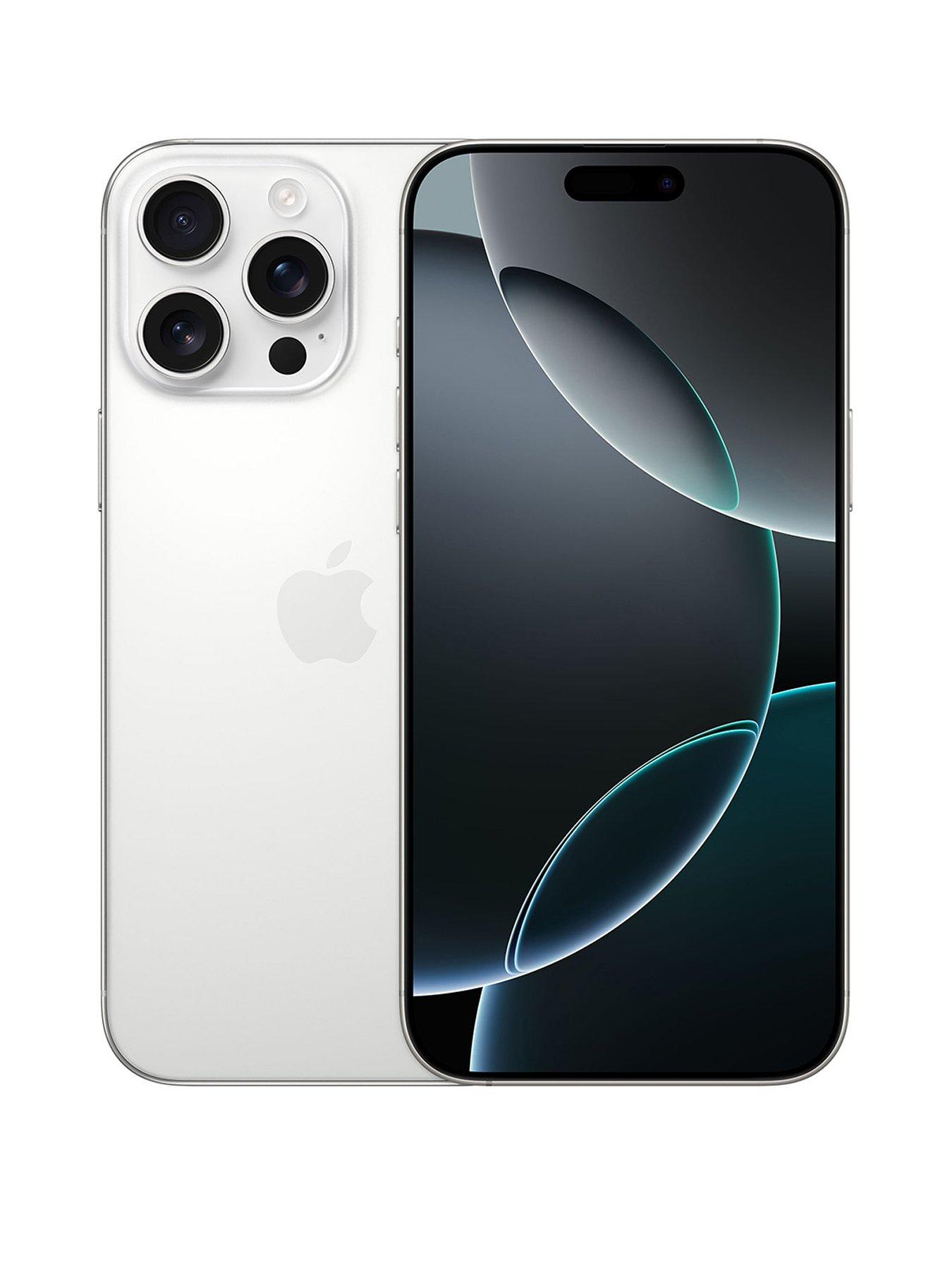Absolutely! Here’s a 3000-word article about Apple iPhone prices, formatted with `
` and `
` tags instead of “.
Apple’s iPhone has consistently held a position of prestige in the smartphone market, and with that prestige comes a price tag that often reflects its premium status. However, the pricing strategy of Apple iPhones is a complex and dynamic subject, influenced by numerous factors. This article delves into the various aspects that determine the cost of an iPhone, from model variations to global economic conditions.
Understanding the Factors Influencing iPhone Prices

Several key factors contribute to the price you’ll pay for an iPhone:
Model and Specifications

The most significant factor is the specific iPhone model. Newer models with advanced features naturally command higher prices. For example, the “Pro” and “Pro Max” lines are typically the most expensive, offering top-tier specifications.
Regional Variations
Prices can vary significantly between countries due to factors like import taxes, tariffs, and local market conditions.

Economic Conditions
Global economic conditions, such as inflation and supply chain disruptions, can significantly impact iPhone prices.
Retailer and Carrier Pricing
Prices can vary between different retailers and mobile carriers.
A Look at Recent iPhone Pricing Trends
To understand the current pricing landscape, it’s essential to examine recent trends:
The Premiumization Trend
Apple has increasingly focused on its premium iPhone models, with the “Pro” and “Pro Max” lines offering cutting-edge features and higher price points.
The Impact of Technological Advancements
The integration of advanced technologies, such as 5G connectivity, improved camera systems, and powerful processors, has driven up production costs.
The Role of Economic Factors
Recent global economic challenges, including inflation and supply chain disruptions, have put upward pressure on iPhone prices.
The Importance of Trade-in and Financing Options
Apple and mobile carriers offer trade-in programs and financing options to make iPhones more affordable.
Navigating iPhone Pricing: Tips for Consumers
Here are some tips to help you navigate the complex world of iPhone pricing:
Consider Your Needs
Determine which iPhone model and storage capacity best suit your needs.
Compare Prices
Compare prices from different retailers and mobile carriers.
Explore Trade-in and Financing Options
Take advantage of trade-in programs to reduce the cost of a new iPhone.
Consider Refurbished Models
Apple and other retailers sell certified refurbished iPhones, which can be a cost-effective option.
Be aware of regional price differences.
The Future of iPhone Pricing
The future of iPhone pricing is likely to be influenced by several factors:
Continued Technological Advancements
As technology continues to advance, we can expect to see new features and capabilities in future iPhones.
Evolving Economic Conditions
Global economic conditions will continue to play a significant role in iPhone pricing.
The Rise of 5G and Beyond
The widespread adoption of 5G and the development of future network technologies will drive innovation and potentially increase prices.
The Importance of Value
While Apple will likely continue to focus on its premium iPhone models, there will also be a focus on offering value to consumers.
Apple iPhone prices are influenced by a complex interplay of factors, including model specifications, regional variations, economic conditions, and retailer pricing. By understanding these factors and following the tips outlined in this article, consumers can make informed decisions and find the best possible value when purchasing an iPhone.

